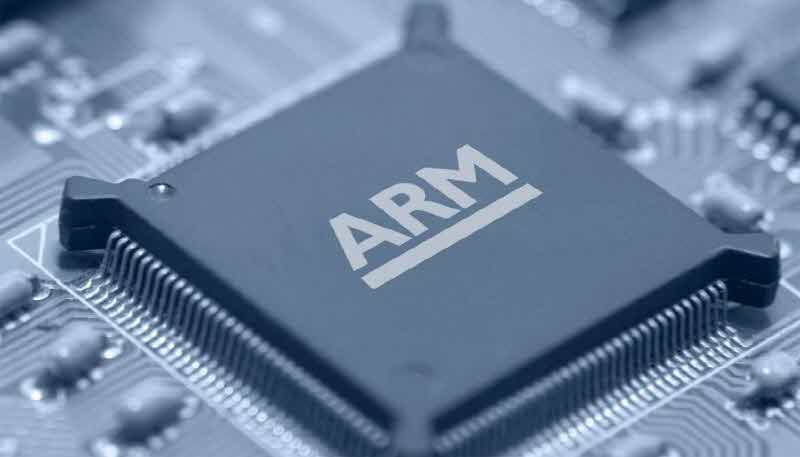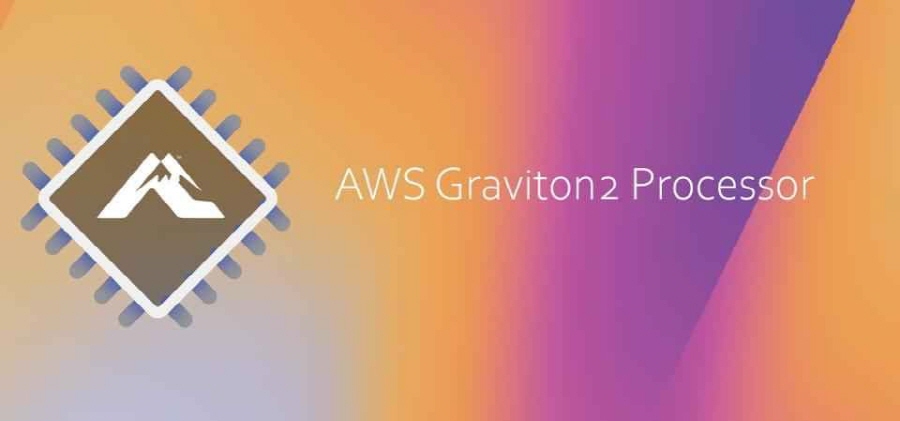
ARM has been installed in low-power devices such as smart phones and IoT devices so far. In the server market, x86 architectures such as Intel and AMD dominate. However, structural changes that will benefit ARM are also starting to occur in the server market, such as Amazon’s announcement of the next-generation ARM processor, Graviton2, designed for AWS.
Server infrastructure is a business in which numbers are important, such as recruitment performance and size, and it is important to provide more efficient services than the number of flexible users possessed by ARM. For this reason, ARM has established a dominant position in the mobile world so far, but in the server market, as of 2017, the ARMv8 market share was only 1%. However, ARM has an advantage in energy efficiency and is well compatible with data centers that consume huge amounts of power. In addition, there are many opinions that the situation may change in the future as there are some places like Nubia that have begun providing ARM standard platforms.

This is because it is one of the factors that dramatically change economics in choosing a cloud development platform. Innovation is more likely to happen when companies outsource cloud server processing or have self-pay data centers. Also, if you look at the game market, you can see that games that can be played according to hardware platforms such as Xbox and PlayStation are fixed. However, as cloud game platforms such as Microsoft’s Project xCloud and Google’s Stadia begin to become mainstream, hardware features may not be necessary, and games do not require changing devices. As a result, the game platform is also moving from a hardware-centric to the cloud.
If encapsulation, which is one of the object-oriented programming techniques, proceeds further, structural changes are more likely to occur. Linux works the same on other platforms, so if the application program is advanced, there is no problem of program operation compatibility due to the difference in processor instruction set. In an era where most applications are oriented towards serverless or micro-servers that interact with the cloud, the need to discuss chipset types is diminishing.
In 2018, AWS EC2 A1 instances were announced and ARM was first adopted by AWS. While this incident symbolically represents a possible future server market change, the EC2 A1 performance was a bit disappointing. When comparing ARM-based RC2 A1 and x86-based EC2 M5d.metal by benchmark test, EC2 A1 shows a big difference from EC2 M5d.metal in addition to cache performance.
Also, the important thing to actually use cloud services is application performance. Benchmark test results are sometimes misleading. To investigate application performance, the Scilla NoSQL database standard read benchmark was run on a single node configuration, and the M5.x4large with 16 virtual cores was capable of 710,000 reads per second. On the other hand, A1.metal with 16 virtual cores could only be read 102,000 times. A1.metal is about 40% cheaper than M5.x4large, but standard read performance is 80% or more.
However, with the emergence of the EC2 M6g equipped with Graviton 2, the situation changes greatly. Like the A1, if you perform a comparison test with M5d.metal, the overall performance of the M6g exceeds that of M5d.metal. The standard reading benchmark shows almost the same results on both sides, but the EC2 M6g is about 20% cheaper.
The fact that x86 emerges in the server market remains unchanged. However, with the rise of cloud applications and the emergence of ARM-based cloud servers that match the performance of x86-based cloud servers, the server industry may face a transition in the future. Related information can be found here .


















Add comment